|
Contributors
Latest Posts Show All Recent Posts Archive
Tags Everything |
|
Contributors
Latest Posts Show All Recent Posts Archive
Tags Everything |
To contact a Direction representative, please click the button below:
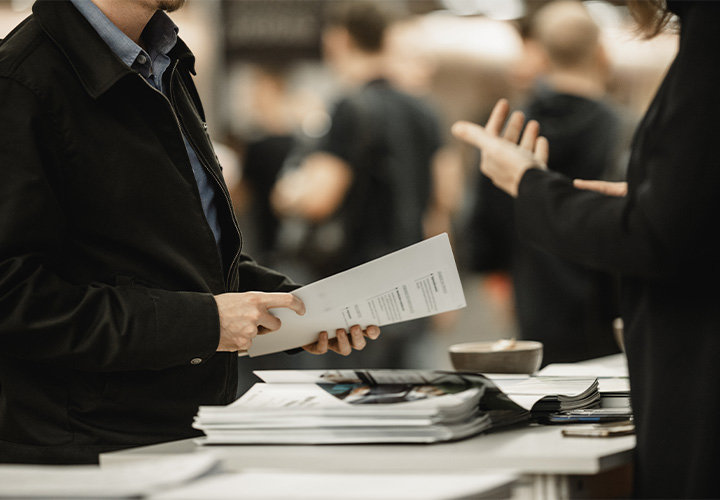
Trade shows and events can be a great way to network and gain awareness for your company outside of typical marketing. They allow you to get more personal with potential customers, talk face to face, and give them incentive to come back later. One of the best ways to ensure that you aren’t forgotten after they leave your booth is brochures.
Brochures have been used for years as a way to market beyond just your booth at an event. They allow you to stay in customers’ minds for longer and share important information about your company.
Not only that but brochures allow you to use both text and images to sell your brand. They also help you tie in all aspects of your company. This is why brochures still matter and how you can make your standout at a trade show.
You may be asking, but do brochures even matter anymore? How many people actually use them or read them? Well, you would be surprised.
When you are at a trade show you have maybe 5 solid minutes to sell your company to a new customer. Then they will walk away to another booth or get distracted by something else. Trade shows are busy, and the floors are typically packed, so what do you do when someone walks away after only a 5-minute sales pitch? You give them a brochure.
Brochures are a great way to continue selling your brand. They are small and easy to hand out while you are talking to someone. Or you can have them displayed on your booth so people can grab them before they leave. Or have someone hand them out to people passing by that don’t have time to stop. They allow you to stay in someone’s mind even after they leave. They also allow people to continue to revisit your brand when they have more time after they get home.
Brochures are still very relevant today. Even with technology being people’s main go-to for marketing, brochures can still be very helpful. A lot of times people attending these trade shows still prefer to have some form of physical media to take with them. Or depending on your target audience, they may prefer physical media to technology. So, don’t discredit brochures, as they are still the number one selling tool for trade shows and events.
Not only is it good to have brochures to hand out at events, but they also need to be relevant, eye-catching, and useful to the reader.
Sure, you could simply whip something together on your office computer and print it off at work. But most of the time, it won’t look great, and it will be poor quality if you are using plain printer paper.
Consider using someone on your design team or hiring outside help to create an eye-catching and good quality brochure. Then, once you have one go to a good printing company, like Direction Printing, and ask to have it printed in the best quality.
Your brochure doesn’t just need relevant information it also needs to look nice and be high quality if you want people to hang on to it.
Here are our tips for creating a good eye-catching brochure to hand out at your next trade fair.
The first thing people are going to see when they look at your brochure is the cover.
It needs to stand out from every other brochure that is going to be handed to them, so you need to create a standout cover with engaging visuals.
It should be bold and colourful and reflect your target audience as well as your company.
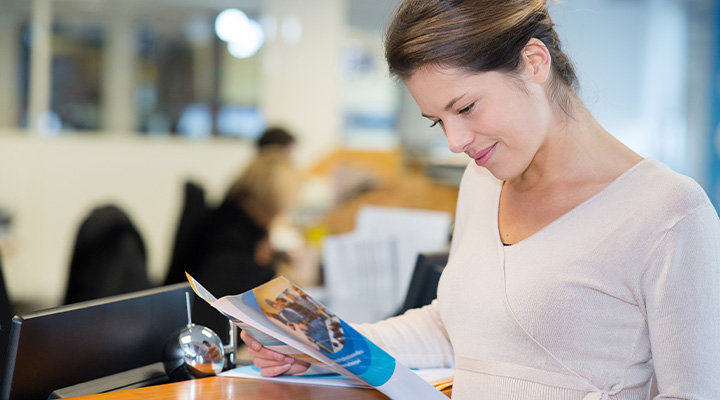
The cover of the brochure should set the tone for the rest of it. If the cover is boring, people are going to ignore it and move on to something else. However, if it is intriguing, people are going to want to keep reading.
Start by including an image. It should reflect your company, so either your logo or a product or something designed specifically to represent your company or brand. It should also capture the attention of your target audience. If you are targeting Gen Z, maybe make it bolder and more colourful. If you are targeting people over 50, maybe don’t include memes or Y2K design elements.
Perhaps consider working with a graphic designer to help you design an image or graphic for your front cover. This is not something you should be putting together at the last minute on an old laptop. This needs to look professional as it is a direct reflection of your company. By working with a professional designer, you can ensure that it not only looks good and professional but that it is also of great quality.
It is one thing to have your brochure look good and capture the attention of your audience, but it should also match the rest of your branding.
If your company colours are blue and orange and your brochure colours are pink and green, that doesn’t really match. You need to have consistency across all forms of marketing and branding. If it is off, then it makes you as company look bad and like you don’t care.
Not only should the colour scheme match the rest of your branding but everything else should as well. Use the same font you use everywhere else. Don’t suddenly change your logo or key features of your branding. The key is for it to blend in with everything else.
Perhaps consider using the front of your brochure as the model for larger posters around your booth. That way it not only matches your brand but also the rest of the booth and makes that connection mentally for your customers. It will also help them remember which booth they got the brochure from as the image of the poster will pop back up in their minds. This also helps create brand awareness.
A brochure, of course, is not all about visuals. The content inside is the main feature and therefore a lot of thought should go into it.
A brochure needs to keep selling when you can’t. So, it should talk about what your company does, what you sell, how much it costs, and potentially even new deals or products you just added.
However, none of these matters if the customer doesn’t want to buy it or can’t see how it benefits them. Rather than talking about you or your company, talk about how you or your company can help the customer. Customers don’t care unless they can see how something benefits them. Whether it be saving them time or money or even both, they don’t care unless they can see that. Target the brochure to your audience and focus on what your audience needs.
After someone is done reading your brochure, what do you want them to do next? Do you want them to give you a call? Go to your office for a consultation? Email a sales representative? Follow you on social media?
You need to consider this when making your brochure because you will need to include a call-to-action.

Ideally you should include multiple calls-to-action that are subtly placed throughout the brochure with one final obvious one right at the end. However, if you are unsure how to do this, one obvious call-to-action right at the end will also do just fine. It should be easy to read, clear what you are asking them to do, and be followed by clear instructions.
It's one thing to ask someone to give you a call or email or visit your website, but if they can’t figure out how to do that then what’s the point. Make sure you are being extremely clear you don’t want them to have to put in any extra work to find the information.
Some key things to ensure you are included are your phone number (company or personal), email address, physical address of your office, social media accounts, and your website address. Make sure these are easy to read and easy to find, typically at the bottom of the last page is a good idea.
Finally, a good idea is to link people back online. Most of the world revolves around the internet these days and it’s not going anywhere anytime soon.
So, making sure to link people online is a safe bet. Not only are most people already online all the time, but it allows your customers to continue learning about your company. If they follow you on social media, then they will be reminded of you every time you make a post. If you link to your website, then they can continue to learn more about you and potentially buy your products or service right away if you sell online.
A great way to link your brochure back to the internet is through a QR code. Then people can simply scan it without having to type anything into a search engine and be brought straight to whatever you want. It also means they can continue to rescan it whenever they want.
We hope this was helpful and informative on why brochures still matter for trade shows and events. If you are interested in printing some brochures of your own, give us a call or email today and we can get you started.
|
|
|
|
|
|
|
|
|
|
|
|
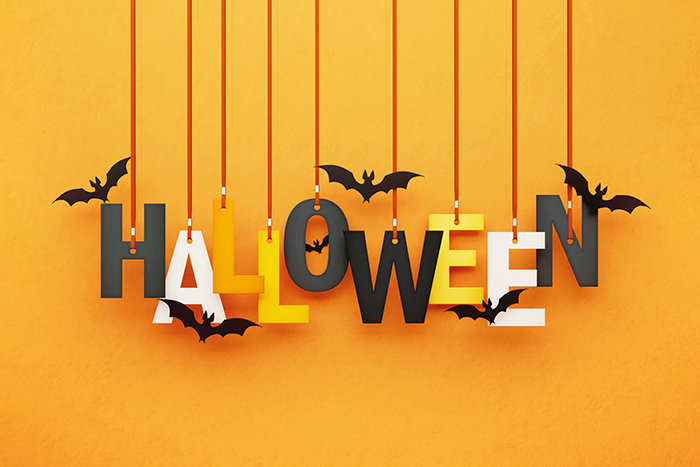
Happy Halloween to all our amazing clients!
|
|
|
|
|
|
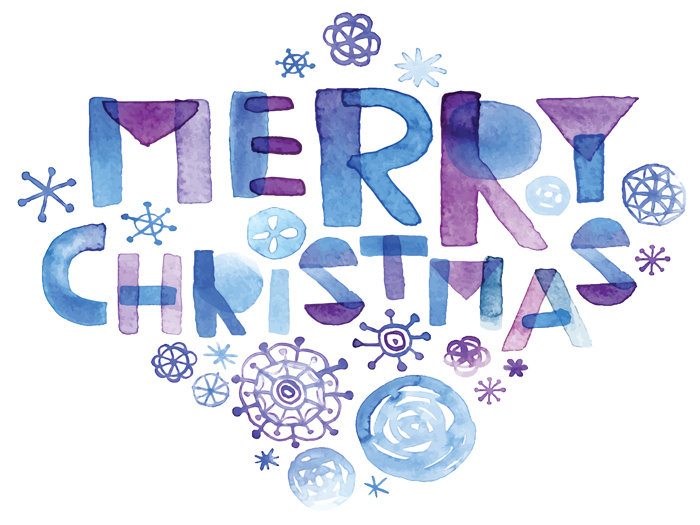
From the whole Direction Team, we wish you a very Merry Christmas and all the best for a happy and safe New Year!
|
|
|
|
|
|
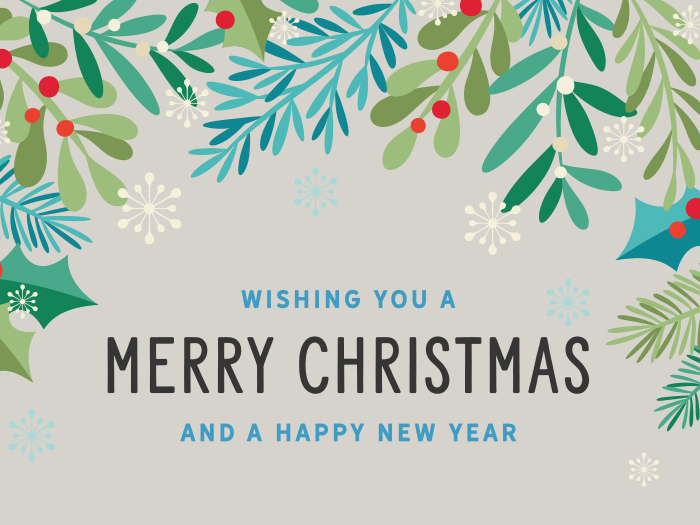
From all of us at Direction, wishing you an amazing Christmas and a Happy New Year!
|
|
|
|
|
|
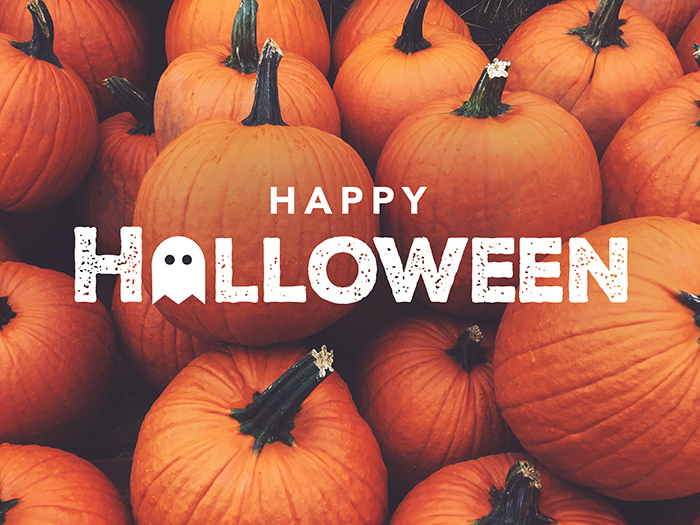
Happy Halloween from Direction Printing!
|
|
|
|
|
|

The last few years has shown an ongoing movement within the print industry to become more environmentally friendly.There are many forestry programs that provide jobs as well as a supply of raw materials for printed materials. A huge amount of recycling to offer renewable materials, but there is also an energy component to creating those materials. The largest challenge is to come up with sustainable materials and there are great solutions such as using hemp products. Which can be another article all together. But to start hemp is 7-8 x’s more recyclable than paper. Paper is only 3’s recyclable. Hemp paper does not require bleaching, which means less chemicals, it is stronger thus longer lasting and 1 acre of hemp produces as much as 4 acres of trees yet only takes 100 days to grow to a stage where its fibers can be used.
So what is the right step for your company? While most larger companies have already made the switch to offer greener solutions, it’s never too late to start! Today’s consumer is much more environmentally aware and wants to make sure that they’re doing their part as much as possible. Making decisions to support companies that support recycled materials or paper from sustainable sources is a factor these days. Budgets are of course a factor as well, but there are some options that do not break the bank.
FSC stocks are a simple option that allow businesses to help with the sustainable forestry movement. FSC (Forest Stewardship Council) is an international non-profit, multi-stakeholder organization established in 1993 to promote responsible management of the world’s forests. The FSC does this by setting standards on forest products, along with certifying and labeling them as eco-friendly (FSC information taken from Wikipedia). What that means is that by printing with FSC regulated stocks, you’re supporting their efforts to manage forests in a way that makes then sustainable.
Another option is choosing stocks with a higher than average recycled content. Most stocks have SOME % of recycled materials, but there are specific stocks that have 50% or 100% post-consumer recycled materials used in the manufacturing of that particular stock. Choosing this option is sometimes more expensive, but you’re helping keep the paper/pulp from recycling programs circulating with a new life.
Ink is another thing that people don’t usually think of as having environmental impact. Many printing companies (Direction Printing included) have made the switch to using inks, coatings, and chemicals used in print production that are vegetable-based where ever possible. Traditional inks that are petroleum based which can be much more harmful to the environment. They can eventually lead to contamination of the local groundwater and soil.
Vegetable-based alternatives are typically better for the environment and have less of an impact during the recycling process as they tend to be removed easier during the washing processes. But don’t let the fact that they’re vegetable-based make you think that they’re inferior, they still produce as good of results as standard inks.
Overall production processes are also becoming more efficient as each gen of equipment is engineered and re-engineered. While there is obviously always going to be power needed for any type of manufacturing process, printing included, the simple changes/switches in lighting and power saving equipment are helping to reduce the energy used per project.
If you have a mandate or project that you’d like to have a quote on for more environmentally-friendly options, we’d be happy to discuss.
|
|
|
|
|
|
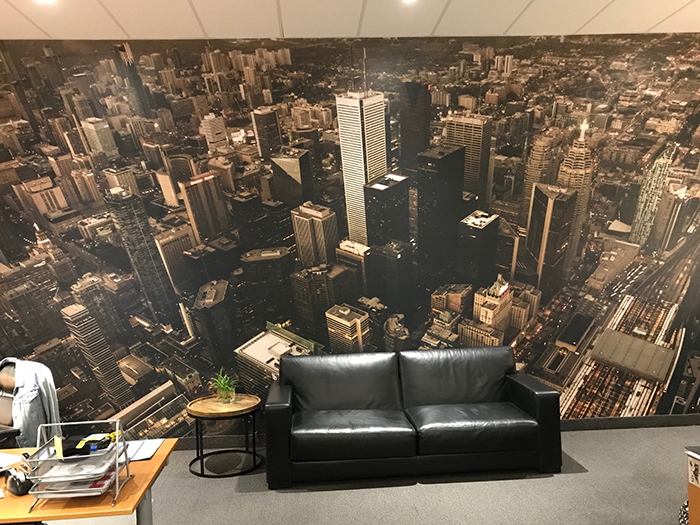
Let us help you create a unique wall. We can work from existing graphics or create something new to compliment your space. The installation process is simple, only a few hours and then you can enjoy the “wow” factor that a full wall graphic brings to an office, retail or even residential location.
Contact us today to discuss further!
|
|
|
|
|
|
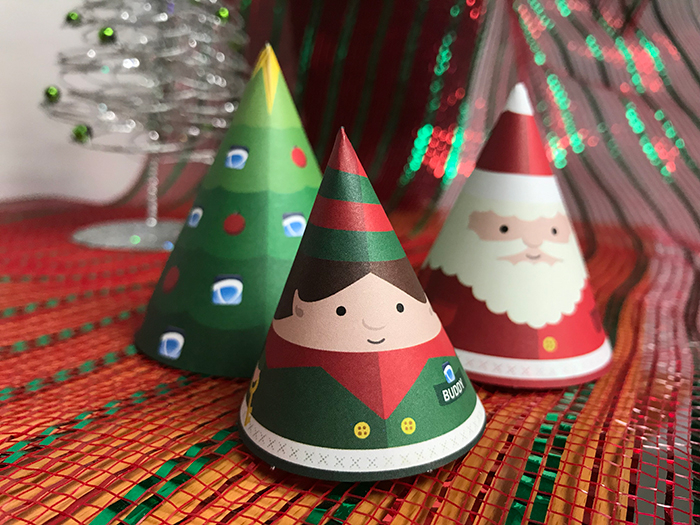
From the entire Direction Team we wish you a very Merry Christmas and a Happy New Year!
Here's a tasty recipe for gingerbread cookies to bring you some holiday cheer!
Ingredients:
2 ¼ cups flour
½ cup white sugar
½ cup butter softened
½ cup molasses
1 egg
1 ½ tsp cinnamon
1 tsp baking powder
1 tsp ground ginger
½ tsp ground cloves
½ tsp nutmeg (grated or ground)
½ tsp baking soda
½ tsp salt
Directions: (makes approx. 24 cookies)
Note - Mix all dry ingredients together first and then add the wet (egg, butter and molasses).
In a large bowl with mixer at low beat all ingredients together.
Cover the bowl with plastic wrap and refrigerate dough in bowl for 1 hr.
Preheat oven to 350°
Grease cookie sheet with butter
Lightly flour your working surface and your rolling pin…take the dough out (divide dough in half) use first half and then the remaining half. Roll dough out to be 3/16” thick and punch out your desired shapes and place cookies ½ inch apart on a baking sheet.
Bake for 10 minutes, 12 minutes max. Cool cookies on cookie rack then decorate as desired.
Enjoy!
|
|
|
|
|
|
|
|
|
|
|
|